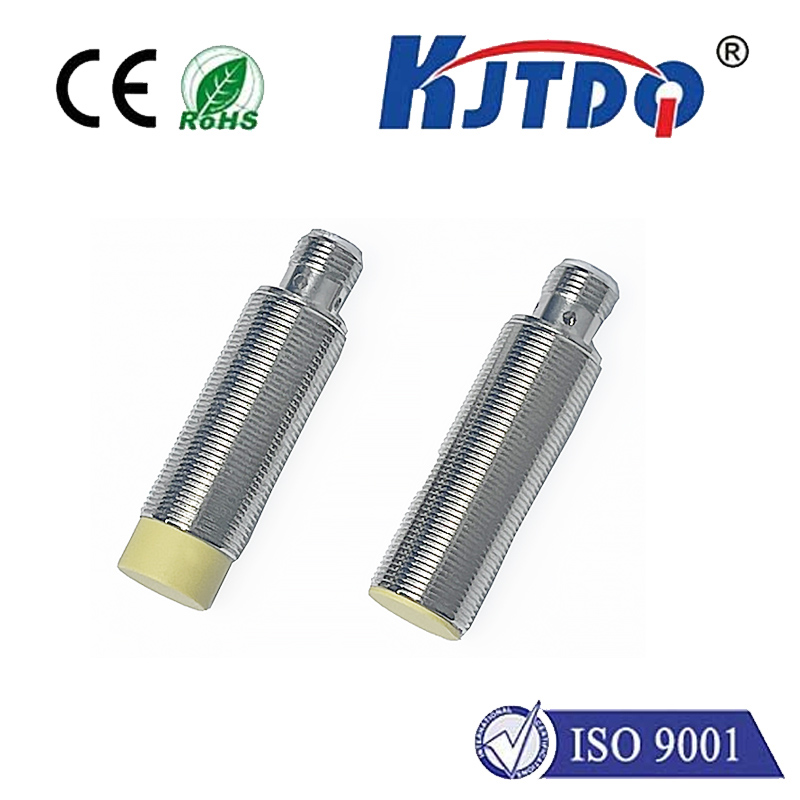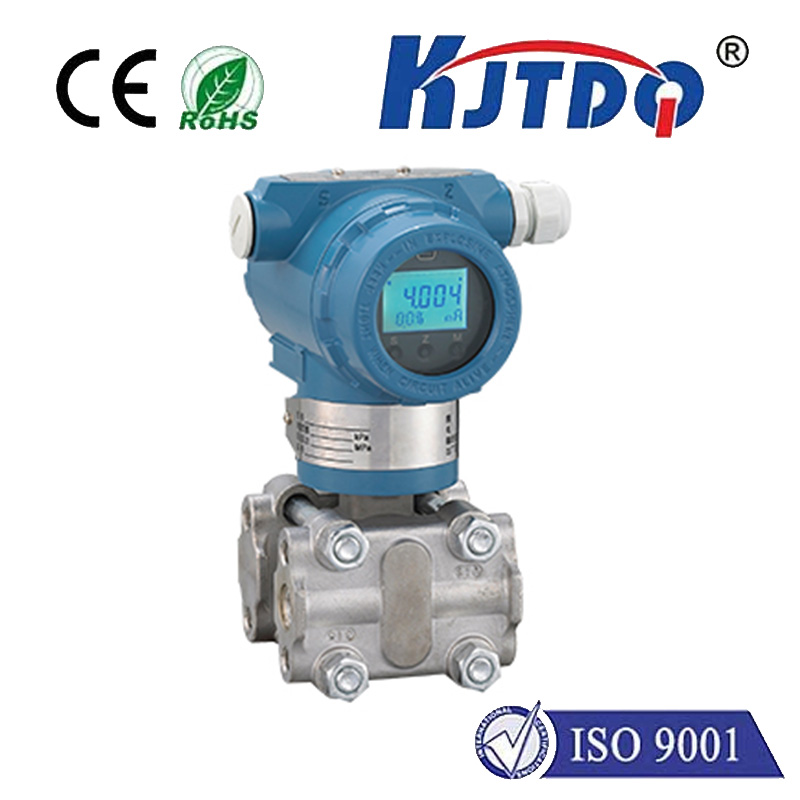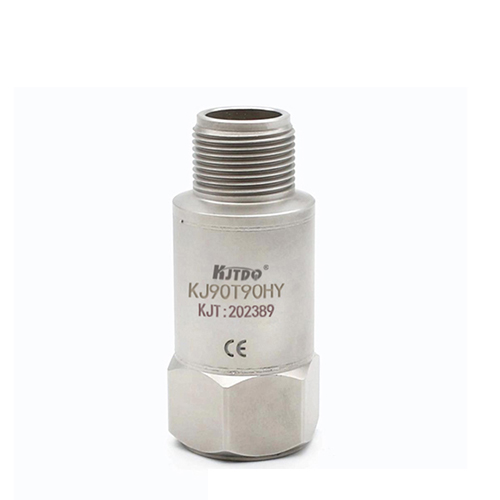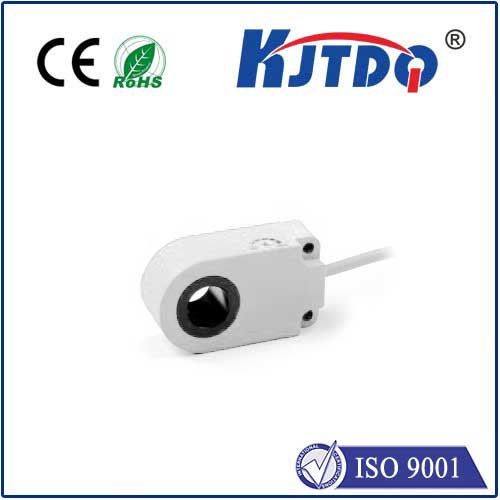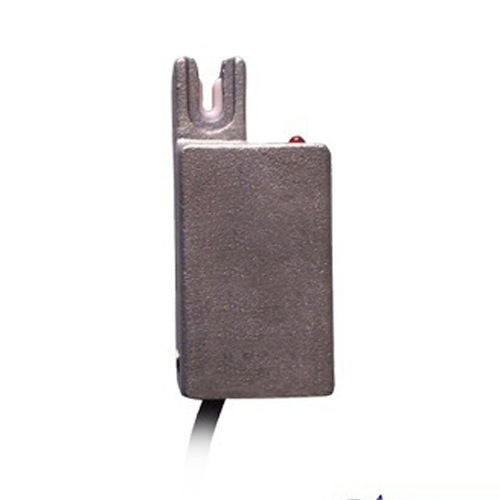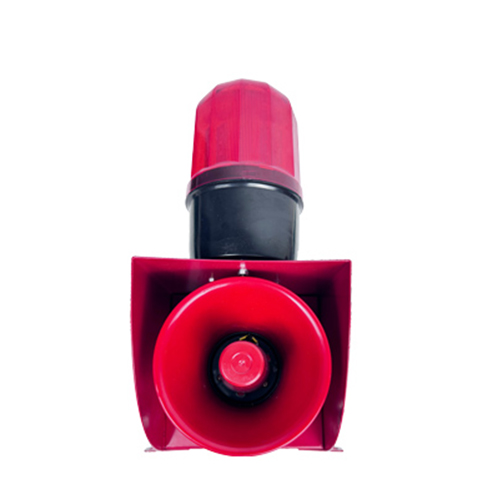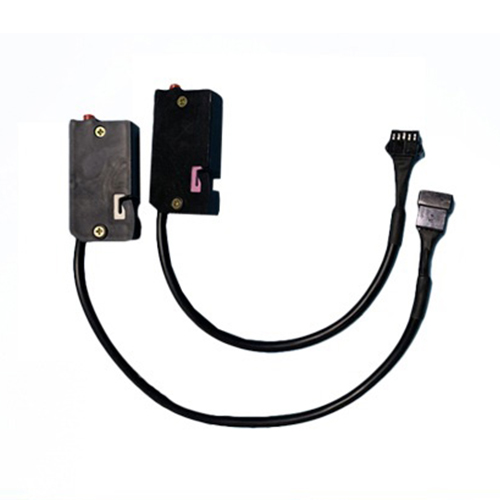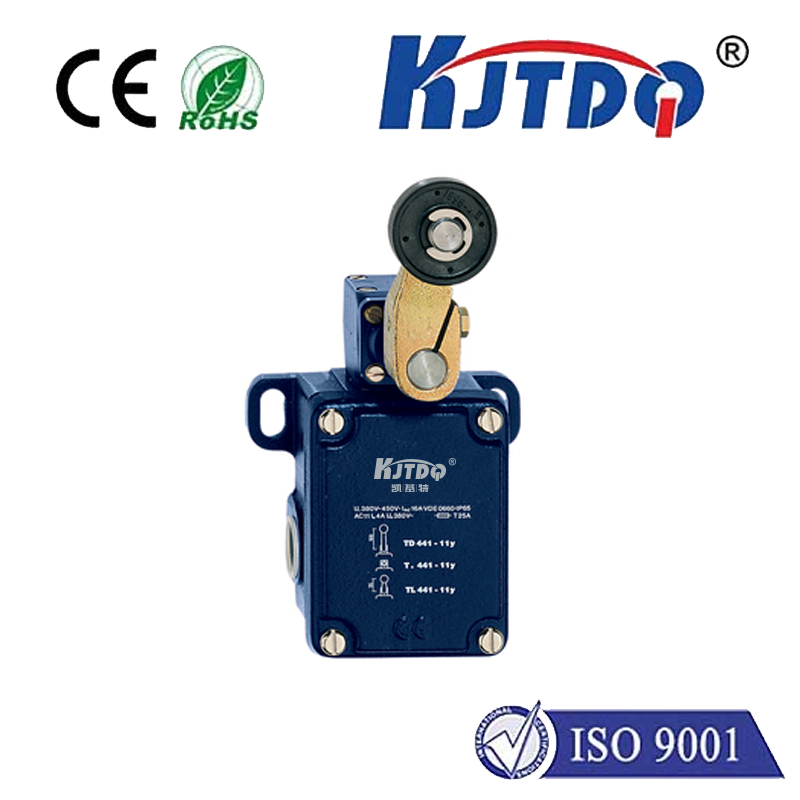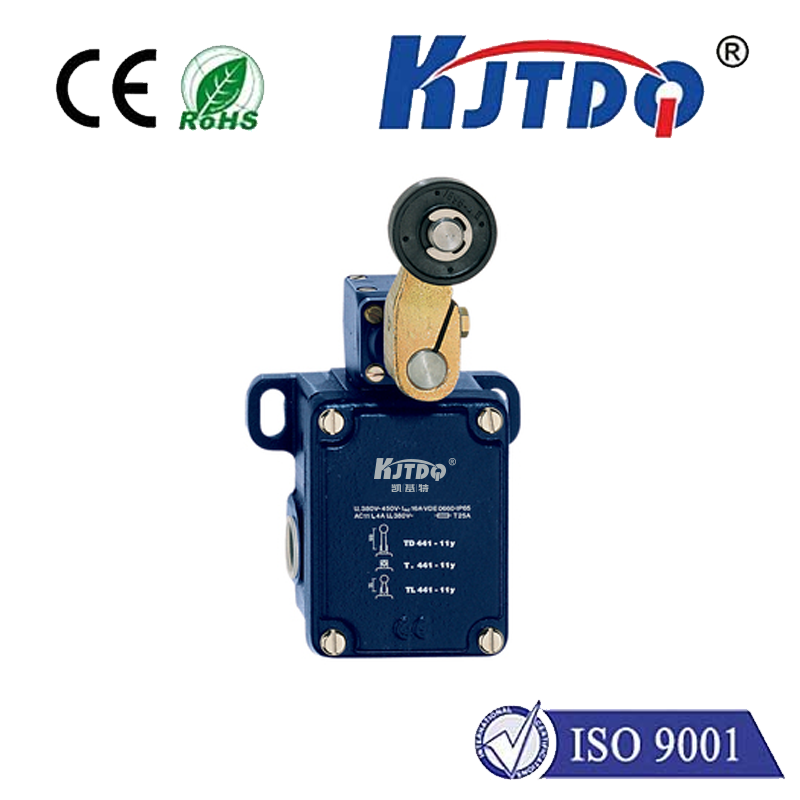

check

check

check

check

check

check

check

check

check

check
Title: Understanding the 5V Limit Switch: Essential Information for Engineers and Designers
In the world of engineering and design, having a solid understanding of various components is crucial for creating reliable and efficient systems. One such component is the limit switch, which plays a vital role in control and monitoring processes. In this article, we will explore the concept of the 5V limit switch, its function, advantages, and applications in different industries.
Introduction to the 5V Limit Switch: Definition and Function
A limit switch is a mechanical or electronic device that is used to detect a change in motion or position. It consists of a trigger mechanism that initiates an electrical signal when the switch is activated, usually by contact with an object. The purpose of a limit switch is to provide feedback on the status of a machine or process, allowing engineers and designers to make informed decisions about maintenance, optimization, and automation.
The 5V limit switch, specifically, refers to a type of switch that operates at a voltage range of 5 volts (V). This voltage level is relatively low compared to other types of limit switches, but it offers several advantages in terms of cost, size, and functionality. In this article, we will delve into the specific features and benefits of the 5V limit switch.
Advantages of the 5V Limit Switch
One of the main advantages of using a 5V limit switch is its simplicity in design and construction. Due to its lower voltage requirement, it can be manufactured using smaller components, resulting in less space and weight. This makes it an attractive option for many applications where space limitations or weight restrictions are a concern.
Another advantage of the 5V limit switch is its affordability. Since it uses less expensive materials and components, it can be more cost-effective than other types of limit switches with higher voltage levels. This makes it an ideal choice for projects with tight budgets or where cost savings are critical.
The 5V limit switch also offers good reliability and durability. It typically has a longer lifespan than switches operating at higher voltage levels and can withstand harsh environments such as high temperatures, moisture, and vibration. This makes it suitable for use in various industrial and commercial applications where reliability is paramount.
Applications of the 5V Limit Switch
The 5V limit switch finds diverse applications in different industries due to its versatility and suitability for various tasks. Some common examples include:
1. Robotics:limit switches are widely used in robots as they detect contact between the robot's arm or wheel and an object, enabling it to navigate through obstacles or perform precise movements.
2. Automation:limit switches are used extensively in manufacturing processes such as assembly lines, conveyor belts, and packaging equipment to monitor the movement of parts or products and ensure smooth operation.
3. Energy management:limit switches are used in energy meters and smart grid systems to detect changes in energy consumption and provide real-time information for optimization and efficiency improvements.
4. Medical devices:limit switches are employed in surgical instruments such as scalpels, scissors, and needles to provide feedback on their position relative to tissue and help prevent injuries.
Conclusion
The 5V limit switch is a versatile and reliable component that plays a crucial role in various industries by providing feedback on the status of machines and processes. Its simple design, affordability, and durability make it an ideal choice for projects with specific requirements. As technology continues to evolve, it is likely that new applications for the 5V limit switch will emerge, further expanding its usefulness in engineering and design endeavors worldwide.
